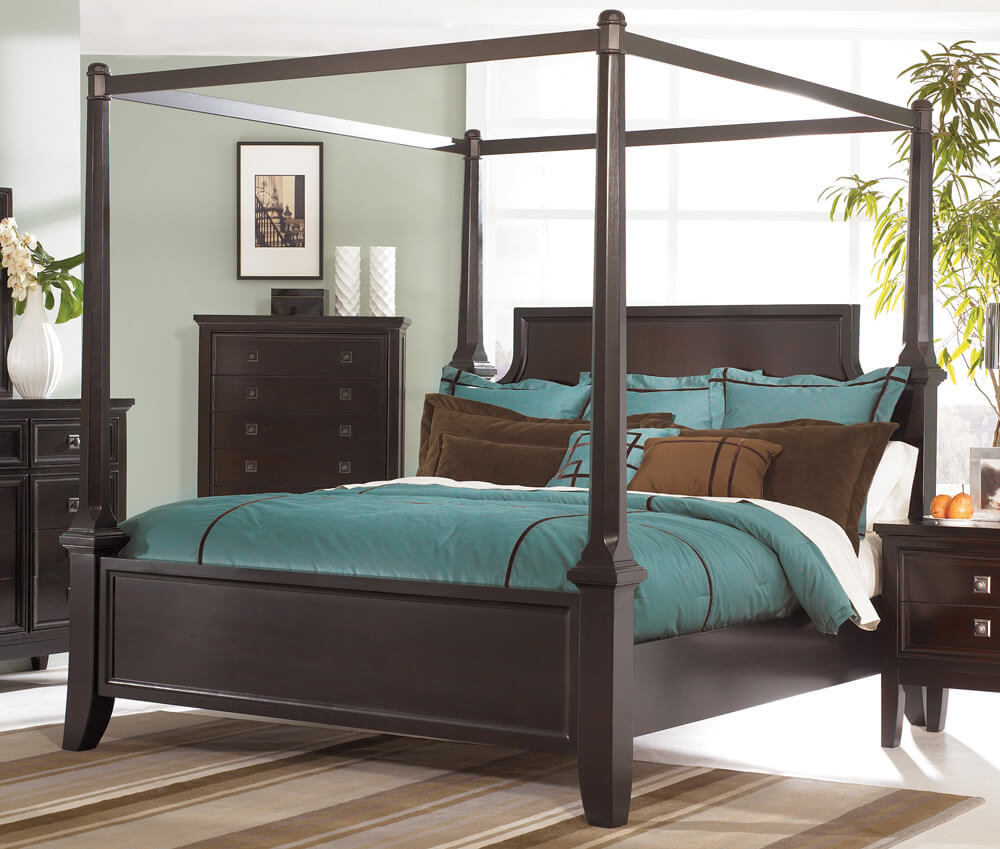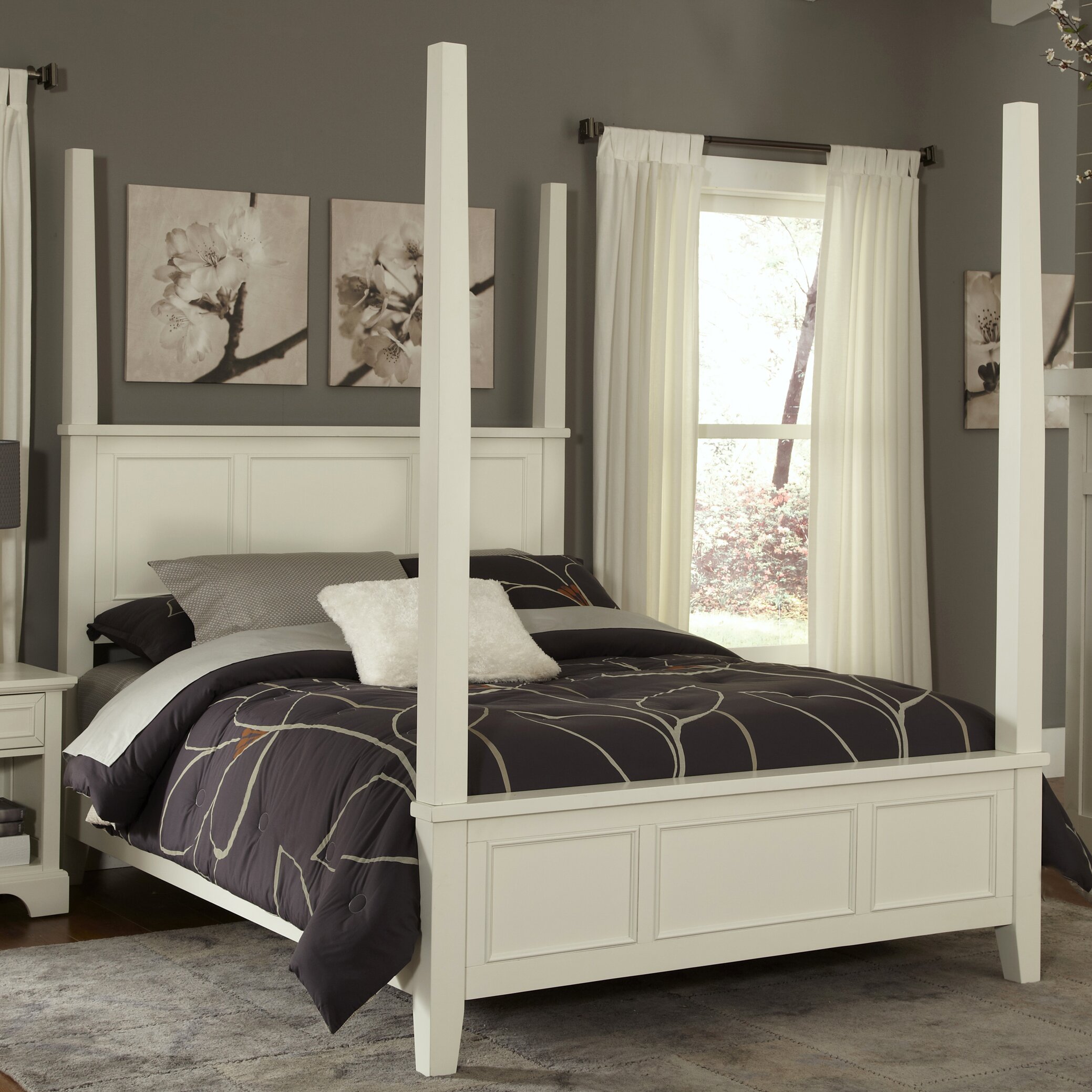
Our ‘natural’ look lacquer finish, named for its clarity, allows you to appreciate the myriad colours and subtle variations in tone of natural timber. self assembly time: 40 minutes (easier with 2 people) Lacquer Finish: an Oasis bed that accommodates a 150cm x 200cm mattress is 159cm wideĪpprox. Overall width: 9cm wider than nominal size, e.g. Overall length: 209cm for a 200cm long mattress 199cm for a 190cm long mattress Thank you for your patience and understanding. For specific information about delivery and delivery times please contact us by e-mail: However, since the increase in order volume following the COVID lock-down, our lead-time is currently around 12-14 weeks (+ delivery). Click on the main image and the thumbnail images to view in larger sizes.Įvery bed is made to order. We are endeavouring to return to our usual lead-time of 8-12 weeks. This emulates the classic 4-poster silhouette – without the use of a traditional connecting canopy.Īll our wooden beds are fitted with sprung beech slats for extra comfort and to increase the life of your mattress. Tall, geometric posts feature to the head end of the bed, mirrored by shorter posts to the foot end. Rinfret notes this bed required about 15 yards for the blue fabric on the headboard drapery and interior valance, and 10 yards of the floral fabric for the outside of the valance, as well as 15 yards of trim.A striking, unique design, the Oasis offers a modern take on the traditional 4-poster bed. In this case the gathered valance needed fabric on both sides, but the drapery at the head needed fabric only on one side, since it’s against the wall. So any valance or drapery panels visible from both sides will require fabric on both sides if you’re using a printed fabric. Some fabrics, such as sheers and solid-colored linens, don’t have a visual front or back, while a printed or woven fabric does. Something else to take into account with a canopy bed is the fabric type and yardage required, which contribute to the cost. The fabric canopy is set within a shaped wood frame with a graceful gathered, fringed valance on three sides. She paired an upholstered headboard with a layer of drapery behind it and partial panels at each side of the headboard. In contrast, some beds have to be completely taken apart to remove the fabric components.ĭesigner Cindy Rinfret took a slightly more traditional approach with this bed design for a Douglas VanderHorn Architects project in Connecticut. Sanborn says the rod is removable so the fabric valance and drapery can be cleaned.

Architect Maureen Sanborn says for this bed, they concealed a wood rod between two valances (one on the interior side of the bed and one on the exterior) from which to hang the side drapery fabric. Something to consider with this design is whether the fabric components can be easily removed or not. This elegant bed by Heintzman Sanborn Architecture~Interior Design has creamy silk at the bed’s head, canopy and valance, and operable linen-poly-blend sheer side drapery by Pollack Fabrics. The sense of enclosure created by this bed style is psychologically comforting and likely why the four-poster bed maintains its popularity. On some beds the outer canopy frame was kept, while on others it was dropped, but the four tall support posts remained.

Later, fabric replaced the wood canopy portion for a lighter look. Canopies were often used in conjunction with drapery panels.

(It’s also said that the canopy stopped critters from falling onto the bed from thatched ceilings.)Ĭanopies were originally made entirely of wood, often of heavily carved oak. Curtains originally hung from the ceiling, but evolved as a frame was added to the bed to support an overhead canopy, which helped with heat retention.

Four-poster beds evolved from canopy beds, also known as tester beds, which were created for purely functional reasons: warmth and privacy.


 0 kommentar(er)
0 kommentar(er)
